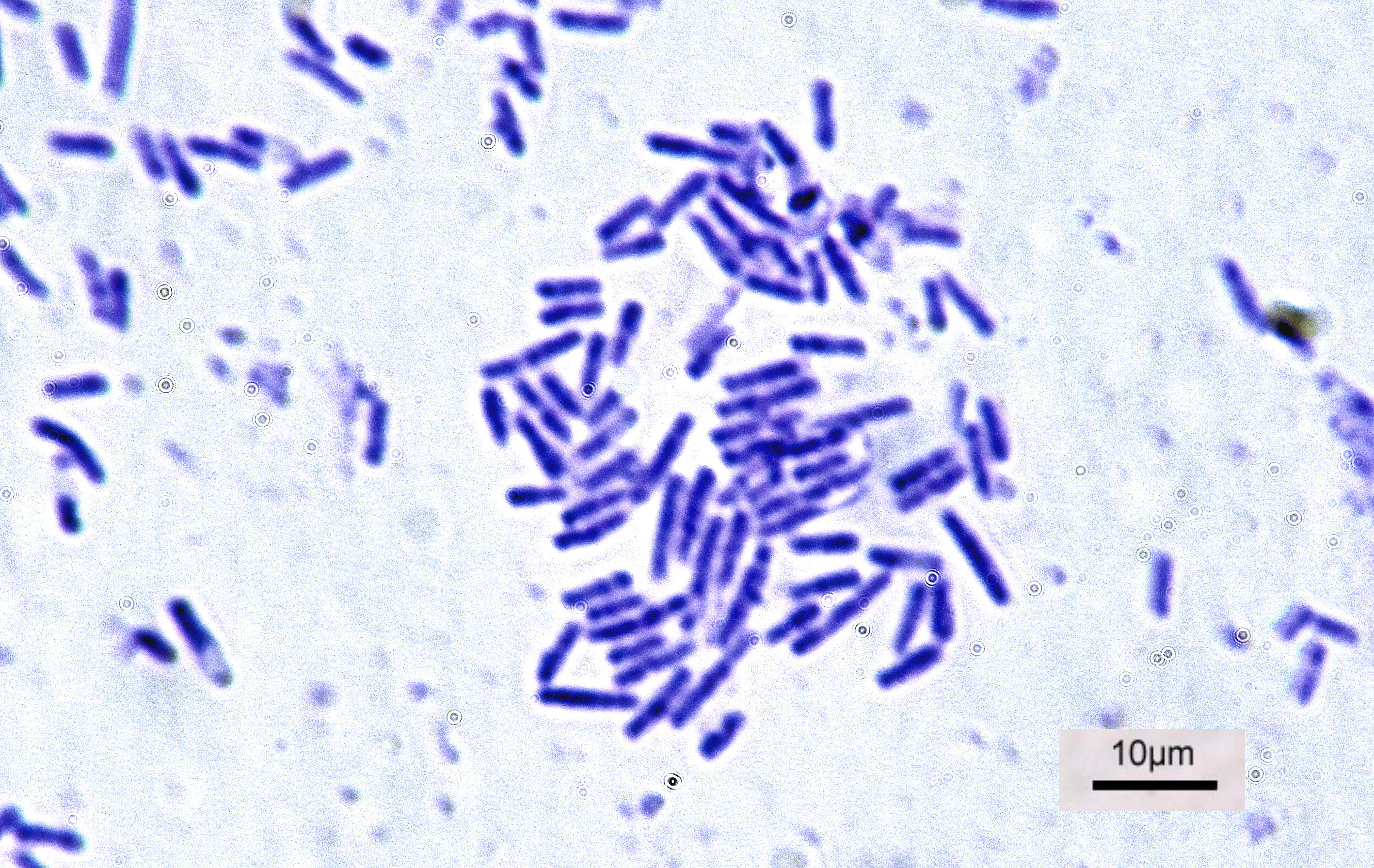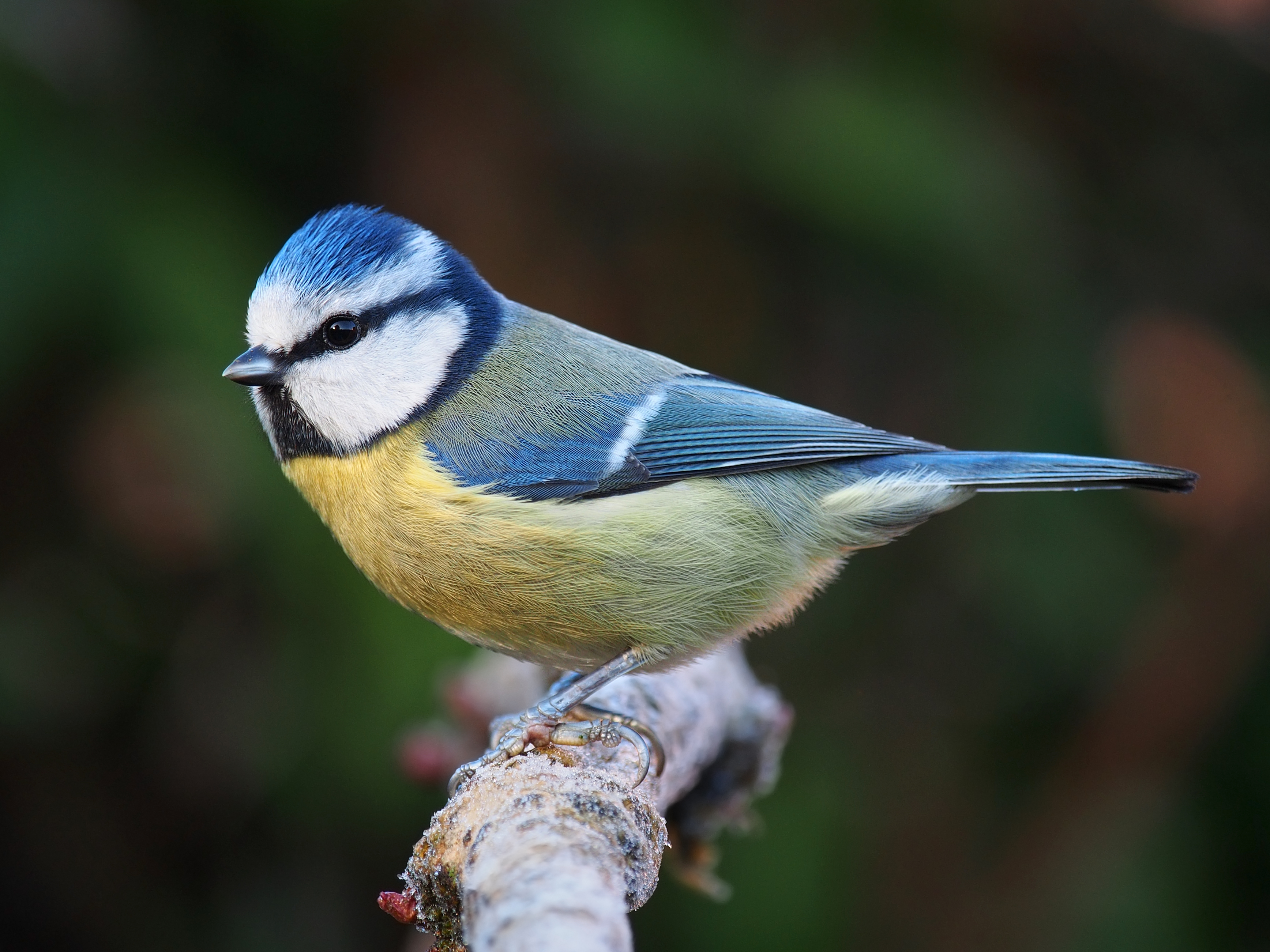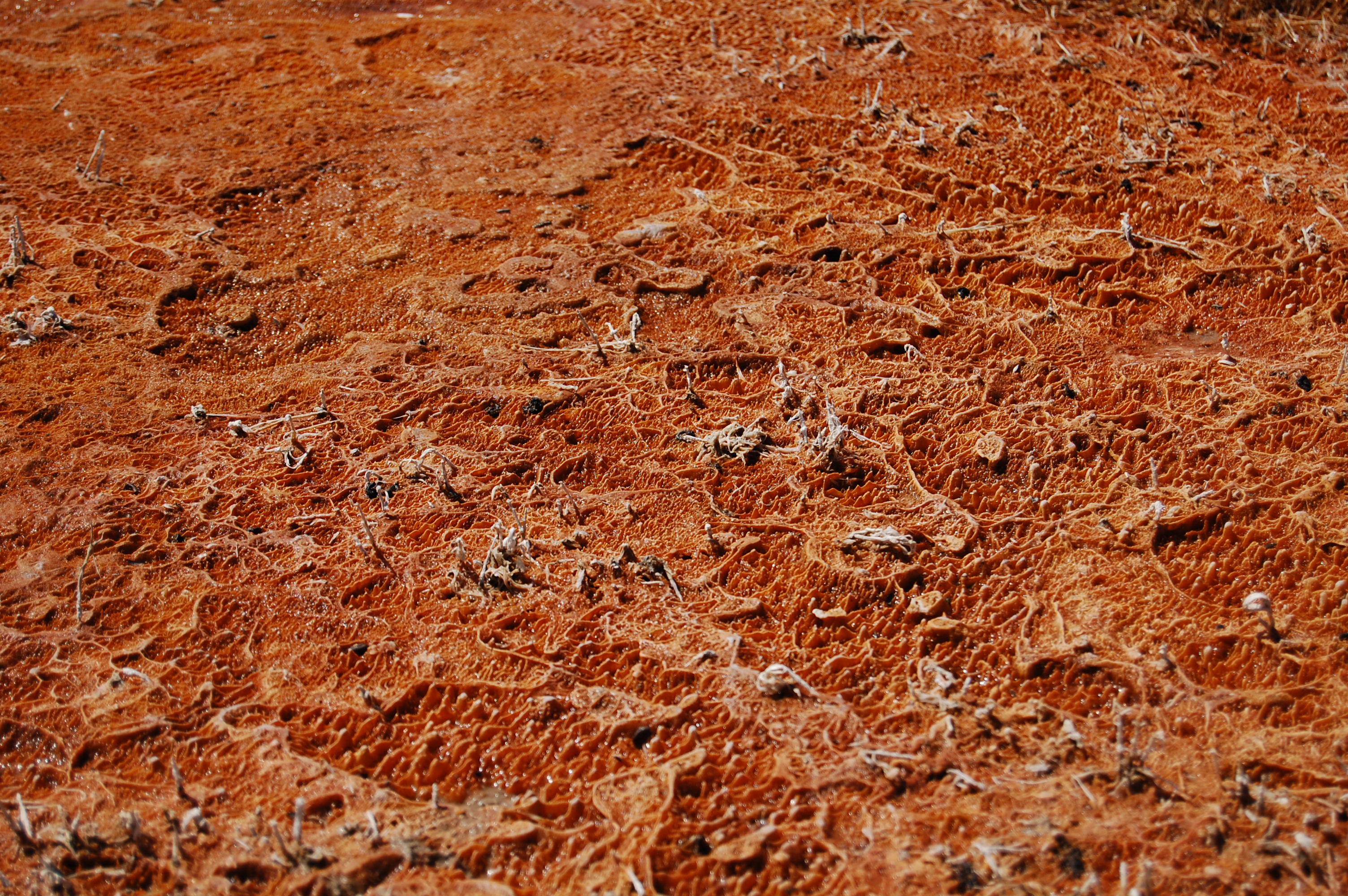|
Thermohalobacter
''Thermohalobacter'' is a Gram-negative, thermophilic, strictly halophilic, non-spore-forming anaerobic, rod-shaped and motile genus of bacteria from the family of Clostridiaceae with one known species (''Thermohalobacter berrensis''). ''Thermohalobacter berrensis'' has been isolated from a solar saltern A saltern is an area or installation for making salt. Salterns include modern salt-making works (saltworks), as well as hypersaline waters that usually contain high concentrations of halophilic microorganisms, primarily haloarchaea but also o .... References Clostridiaceae Bacteria genera Monotypic bacteria genera Taxa described in 2000 {{Firmicutes-stub ... [...More Info...] [...Related Items...] OR: [Wikipedia] [Google] [Baidu] |
Clostridiaceae
The Clostridiaceae are a family of the bacterial class Clostridia, and contain the genus '' Clostridium''. The family Clostridiaceae (scientific name) defined by the taxonomic outline of '' Bergey's Manual of Systematic Bacteriology '' contains as its core the genus '' Clostridium'' (''sensu stricto''), as well as '' Acetivibrio'', '' Acidaminobacter'', ''Alkaliphilus'', ''Anaerobacter'', '' Caloramator'', '' Caloranaerobacter'', '' Coprobacillus'', ''Dorea'', '' Natronincola'', '' Oxobacter'', '' Sarcina'', '' Sporobacter'', '' Thermobrachium'', '' Thermohalobacter'', and '' Tindallia''. The previous inclusion of these additional genera (as seen on the right) in a family Clostridiaceae is based for the most part because the type species of these genera are in many cases phylogenetically related to misclassified species of the genus ''Clostridium''. However, with the exception of ''Anaerobacter'', ''Caloramator'', ''Oxobacter'', ''Sarcina'', and ''Thermobrachium'', these genera f ... [...More Info...] [...Related Items...] OR: [Wikipedia] [Google] [Baidu] |
Bacteria Genera
This article lists the genera of the bacteria. The currently accepted taxonomy is based on the List of Prokaryotic names with Standing in Nomenclature (LPSN) and National Center for Biotechnology Information (NCBI). However many taxonomic names are taken from the GTDB release 07-RS207 (8th April 2022). Phyla {, border="0" style="width: 100%;" ! , - , style="border:0px" valign="top", {, class="wikitable sortable" style="width: 100%; font-size: 95%;" !Syperphylum !Phylum !Authority !Synonyms , - , Parakaryota , , , Myojin parakaryote , - , , " Canglongiota" , Zhang et al. 2022 , , - , , " Fervidibacteria" , , OctSpa1-106 , - , , " Heilongiota" , Zhang et al. 2022 , , - , , " Qinglongiota" , Zhang et al. 2022 , , - , , " Salinosulfoleibacteria" , Tazi et al. 2006 , , - , , " Teskebacteria" , Dojka 1998 , WS1 , - , , " Tharpellota" , Speth et al. 2022 , , - , Terrabacteria , Chloroflexota , Whitman et al. 2018 , " Thermomicrobiota" , - , Terrabacteria , " Dormibacte ... [...More Info...] [...Related Items...] OR: [Wikipedia] [Google] [Baidu] |
Clostridiales
The Eubacteriales are an order of bacteria placed within the class Clostridia. Families Eubacteriales comprises the following families: * " Betainaceae" Jones et al. 2019 * " Bianqueaceae" Liu et al. 2021 * " Borkfalkiaceae" Hildebrand, Pallen & Bork 2020 * Caldicoprobacteraceae Yokoyama et al. 2010 * Christensenellaceae Morotomi, Nagai & Watanabe 2012 * Clostridiaceae Pribram 1933 * Defluviitaleaceae Jabari et al. 2012 * Eubacteriaceae Ludwig et al. 2010 * " Feifaniaceae" Liu et al. 2021 * " Galloscillospiraceae" Gilroy et al. 2021 * Gottschalkiaceae Poehlein et al. 2017c * Hungateiclostridiaceae Zhang et al. 2018b * Lachnospiraceae Rainey 2010 * " Mageeibacillaceae" Hildebrand, Pallen & Bork 2020 * " Mogibacteriaceae" Wylensek et al. 2020 * Oscillospiraceae Peshkoff 1940 * Peptoniphilaceae Johnson et al. 2014 * Peptostreptococcaceae Ezaki 2010 * Ruminococcaceae Rainey 2010 * " Pumilibacteraceae" Afrizal et al. 2021 * Thermohalobacteraceae Spring 2021 * Tissierellace ... [...More Info...] [...Related Items...] OR: [Wikipedia] [Google] [Baidu] |
Bacteria
Bacteria (; singular: bacterium) are ubiquitous, mostly free-living organisms often consisting of one biological cell. They constitute a large domain of prokaryotic microorganisms. Typically a few micrometres in length, bacteria were among the first life forms to appear on Earth, and are present in most of its habitats. Bacteria inhabit soil, water, acidic hot springs, radioactive waste, and the deep biosphere of Earth's crust. Bacteria are vital in many stages of the nutrient cycle by recycling nutrients such as the fixation of nitrogen from the atmosphere. The nutrient cycle includes the decomposition of dead bodies; bacteria are responsible for the putrefaction stage in this process. In the biological communities surrounding hydrothermal vents and cold seeps, extremophile bacteria provide the nutrients needed to sustain life by converting dissolved compounds, such as hydrogen sulphide and methane, to energy. Bacteria also live in symbiotic and parasitic re ... [...More Info...] [...Related Items...] OR: [Wikipedia] [Google] [Baidu] |
Bacillota
The Bacillota (synonym Firmicutes) are a phylum of bacteria, most of which have gram-positive cell wall structure. The renaming of phyla such as Firmicutes in 2021 remains controversial among microbiologists, many of whom continue to use the earlier names of long standing in the literature. The name "Firmicutes" was derived from the Latin words for "tough skin," referring to the thick cell wall typical of bacteria in this phylum. Scientists once classified the Firmicutes to include all gram-positive bacteria, but have recently defined them to be of a core group of related forms called the low- G+C group, in contrast to the Actinomycetota. They have round cells, called cocci (singular coccus), or rod-like forms (bacillus). A few Firmicutes, such as '' Megasphaera'', '' Pectinatus'', '' Selenomonas'' and '' Zymophilus'', have a porous pseudo-outer membrane that causes them to stain gram-negative. Many Bacillota (Firmicutes) produce endospores, which are resistant to desiccatio ... [...More Info...] [...Related Items...] OR: [Wikipedia] [Google] [Baidu] |
Clostridia
The Clostridia are a highly polyphyletic class of Bacillota, including '' Clostridium'' and other similar genera. They are distinguished from the Bacilli by lacking aerobic respiration. They are obligate anaerobes and oxygen is toxic to them. Species of the class ''Clostridia'' are often but not always Gram-positive (see '' Halanaerobium'') and have the ability to form spores. Studies show they are not a monophyletic group, and their relationships are not entirely certain. Currently, most are placed in a single order called Clostridiales, but this is not a natural group and is likely to be redefined in the future. Most species of the genus ''Clostridium'' are saprophytic organisms that ferment plant polysaccharides and are found in many places in the environment, most notably the soil. However, the genus does contain some human pathogens (outlined below). The toxins produced by certain members of the genus ''Clostridium'' are among the most dangerous known. Examples are tetan ... [...More Info...] [...Related Items...] OR: [Wikipedia] [Google] [Baidu] |
Species
In biology, a species is the basic unit of Taxonomy (biology), classification and a taxonomic rank of an organism, as well as a unit of biodiversity. A species is often defined as the largest group of organisms in which any two individuals of the appropriate sexes or mating types can reproduction, produce Fertility, fertile offspring, typically by sexual reproduction. Other ways of defining species include their karyotype, DNA sequence, morphology (biology), morphology, behaviour or ecological niche. In addition, paleontologists use the concept of the chronospecies since fossil reproduction cannot be examined. The most recent rigorous estimate for the total number of species of eukaryotes is between 8 and 8.7 million. However, only about 14% of these had been described by 2011. All species (except viruses) are given a binomial nomenclature, two-part name, a "binomial". The first part of a binomial is the genus to which the species belongs. The second part is called the specifi ... [...More Info...] [...Related Items...] OR: [Wikipedia] [Google] [Baidu] |
Gram-negative
Gram-negative bacteria are bacteria that do not retain the crystal violet stain used in the Gram staining method of bacterial differentiation. They are characterized by their cell envelopes, which are composed of a thin peptidoglycan cell wall sandwiched between an inner cytoplasmic cell membrane and a bacterial outer membrane. Gram-negative bacteria are found in virtually all environments on Earth that support life. The gram-negative bacteria include the model organism ''Escherichia coli'', as well as many pathogenic bacteria, such as '' Pseudomonas aeruginosa'', '' Chlamydia trachomatis'', and '' Yersinia pestis''. They are a significant medical challenge as their outer membrane protects them from many antibiotics (including penicillin), detergents that would normally damage the inner cell membrane, and lysozyme, an antimicrobial enzyme produced by animals that forms part of the innate immune system. Additionally, the outer leaflet of this membrane comprises a complex ... [...More Info...] [...Related Items...] OR: [Wikipedia] [Google] [Baidu] |
Thermophilic
A thermophile is an organism—a type of extremophile—that thrives at relatively high temperatures, between . Many thermophiles are archaea, though they can be bacteria or fungi. Thermophilic eubacteria are suggested to have been among the earliest bacteria. Thermophiles are found in various geothermally heated regions of the Earth, such as hot springs like those in Yellowstone National Park (see image) and deep sea hydrothermal vents, as well as decaying plant matter, such as peat bogs and compost. Thermophiles can survive at high temperatures, whereas other bacteria or archaea would be damaged and sometimes killed if exposed to the same temperatures. The enzymes in thermophiles function at high temperatures. Some of these enzymes are used in molecular biology, for example the ''Taq'' polymerase used in PCR. "Thermophile" is derived from the el, θερμότητα (''thermotita''), meaning heat, and el, φίλια (''philia''), love. Classification Thermophiles can be ... [...More Info...] [...Related Items...] OR: [Wikipedia] [Google] [Baidu] |
Halophilic
The halophiles, named after the Greek word for "salt-loving", are extremophiles that thrive in high salt concentrations. While most halophiles are classified into the domain Archaea, there are also bacterial halophiles and some eukaryotic species, such as the alga '' Dunaliella salina'' and fungus '' Wallemia ichthyophaga''. Some well-known species give off a red color from carotenoid compounds, notably bacteriorhodopsin. Halophiles can be found in water bodies with salt concentration more than five times greater than that of the ocean, such as the Great Salt Lake in Utah, Owens Lake in California, the Urmia Lake in Iran, the Dead Sea, and in evaporation ponds. They are theorized to be a possible analogues for modeling extremophiles that might live in the salty subsurface water ocean of Jupiter's Europa and similar moons. Classification Halophiles are categorized by the extent of their halotolerance: slight, moderate, or extreme. Slight halophiles prefer 0.3 to 0.8 M (1.7 ... [...More Info...] [...Related Items...] OR: [Wikipedia] [Google] [Baidu] |
Spore
In biology, a spore is a unit of sexual or asexual reproduction that may be adapted for dispersal and for survival, often for extended periods of time, in unfavourable conditions. Spores form part of the life cycles of many plants, algae, fungi and protozoa. Bacterial spores are not part of a sexual cycle, but are resistant structures used for survival under unfavourable conditions. Myxozoan spores release amoeboid infectious germs ("amoebulae") into their hosts for parasitic infection, but also reproduce within the hosts through the pairing of two nuclei within the plasmodium, which develops from the amoebula. In plants, spores are usually haploid and unicellular and are produced by meiosis in the sporangium of a diploid sporophyte. Under favourable conditions the spore can develop into a new organism using mitotic division, producing a multicellular gametophyte, which eventually goes on to produce gametes. Two gametes fuse to form a zygote which develops into ... [...More Info...] [...Related Items...] OR: [Wikipedia] [Google] [Baidu] |




